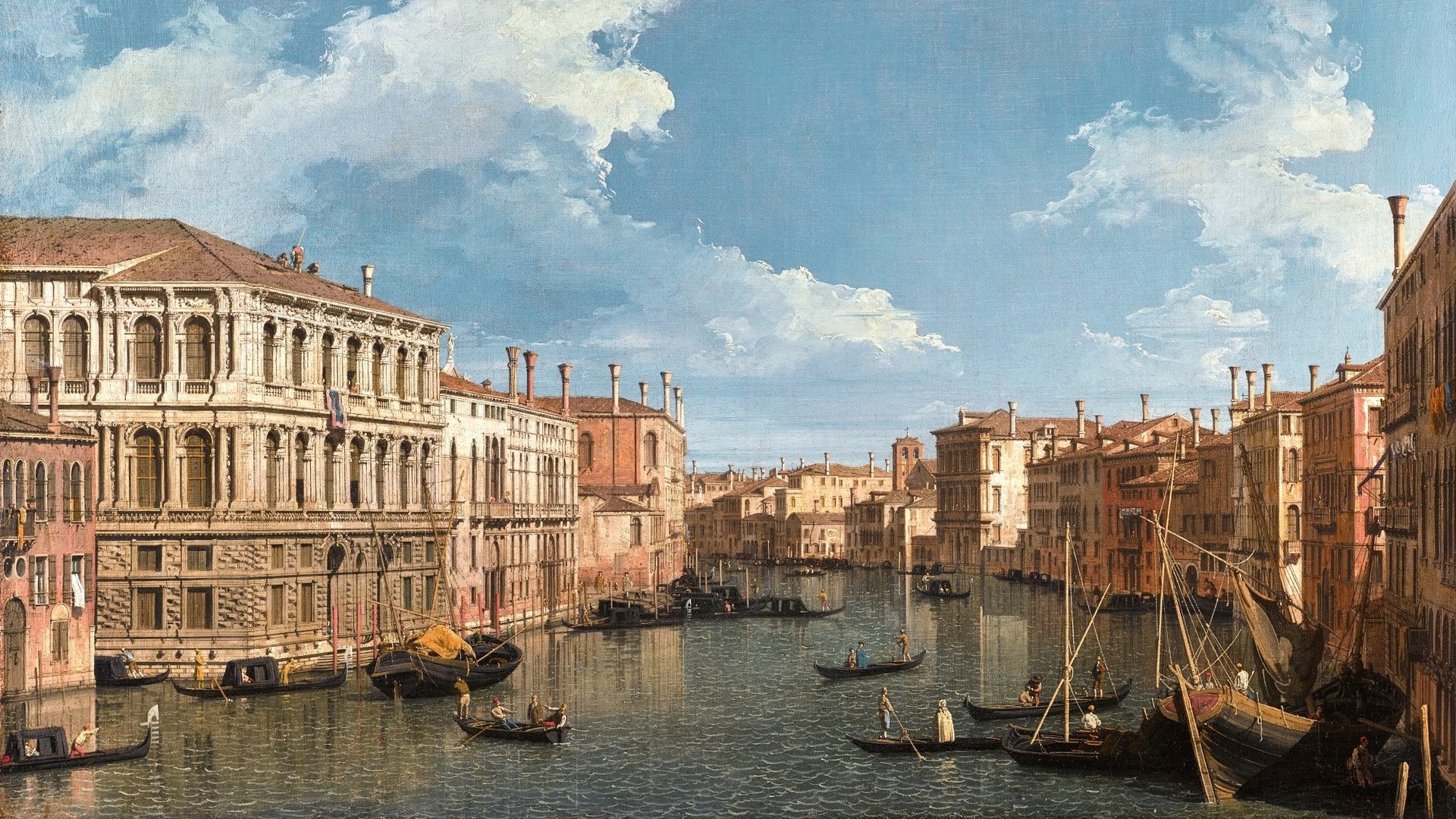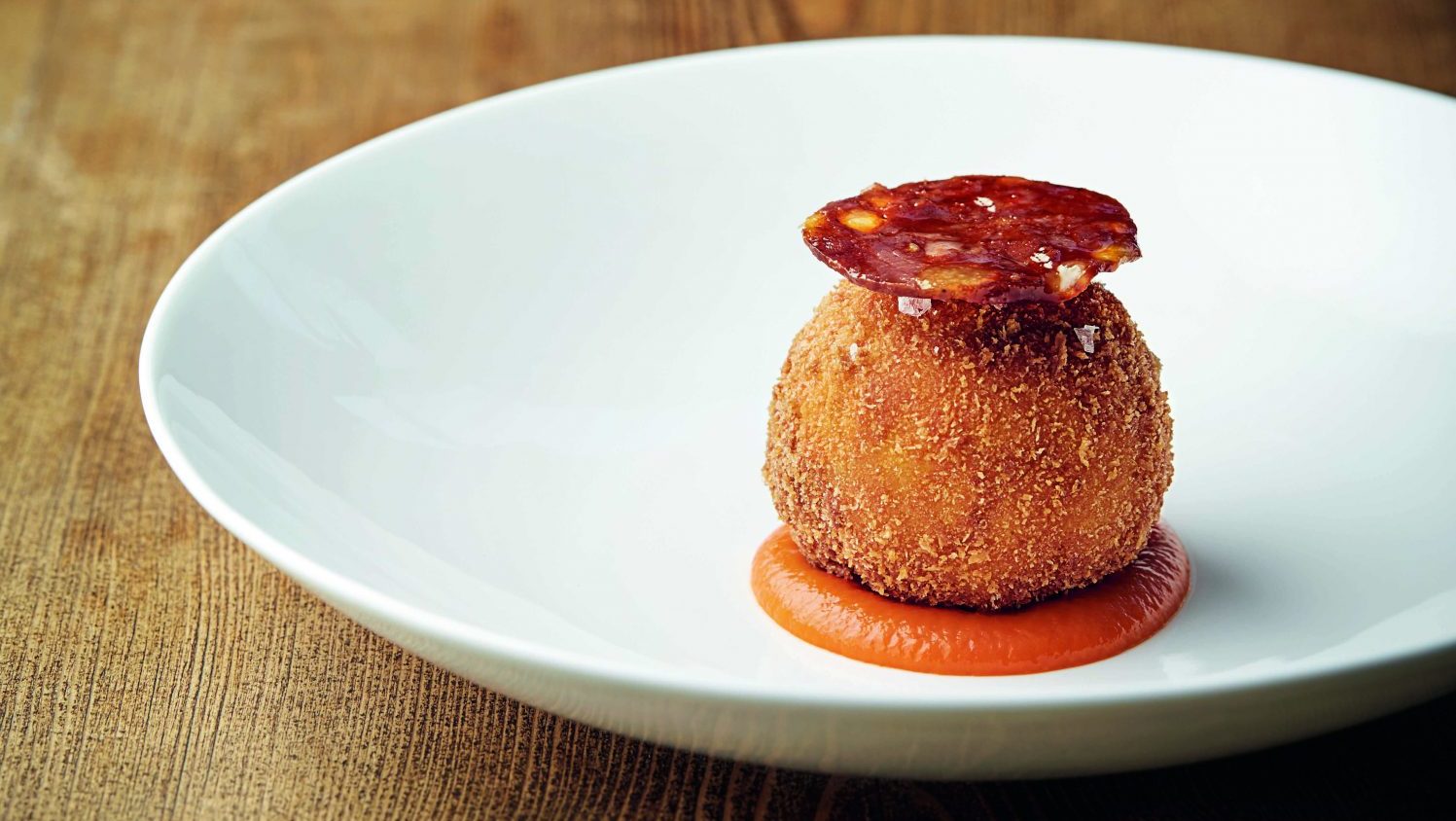“Before Brexit, London was the art capital of Europe,” says Flavio Gianassi, an art dealer and consultant in Italian Old Masters, who has lived in London since 2005. It’s quite a statement from someone who grew up in Tuscany, the birthplace of the Renaissance. But in reality, it’s a matter of practicalities, in a trade that is global to its core.
On April 4, the Art Basel/UBS Art Market report was published, and it presented what looked like a cheering riposte to Gianassi’s gloomy assessment, confirming the UK’s place among the world’s top three art markets. The US continues to be number one, the UK is in second place with 18%, ahead of China in third.
However, the cancellation of three major British art fairs – including London’s Masterpiece event, a fixture of the summer season since 2010 – suggests that Britain is undergoing a painful transition. According to a highly critical report published in January by the House of Lords, such visible failures are set against a backdrop of government complacency and a general neglect of the arts and creative industries.
The report by the Lords Communications and Digital Select Committee points out that, although the government credited the creative industries with having “generated more value to the UK economy than the life sciences, aerospace and automotive industries combined”, more recently, “the creative industries scarcely featured in the 2022 autumn statement and were not included in the government’s five priorities for growth”.
Matthew Travers is director of Piano Nobile, a family-run gallery in Holland
Park specialising in 20th-century and contemporary British art. “The Lords
report absolutely parallels the general feeling,” he says. “London and New
York were the powerhouses of the fine art world,” he says. “For our market,
but for others too, London was the centre, but that has been eroded since Brexit.”
The Lords report makes no direct mention of Brexit, but art world insiders assess the impact of our departure from the EU as calamitous. Set at 5%, the UK’s import VAT rate for works of art, antiques and collectors’ items was the lowest in the European Union, making the UK the obvious point of entry for art and antiquities coming into the customs union. But Brexit “threw a spanner in the works,” says Travers, “because suddenly, we’ve ostracised ourselves from our closest trading partner.”
“Ostracised” is the word: with import VAT at 5.5%, France is now the most prudent entry point for goods going into the EU, after which they can move freely between member states. Doing any sort of business with Britain brings a mountain of paperwork, along with additional and often unpredictable costs. It’s easier to stay away.
“There are real barriers that have come up,” says Travers. “Everyone – the whole world – is busy. And if there is a slight resistance in one area that there wasn’t before, then people don’t just suffer on with that. They look for new avenues. And if there is a better avenue and a simpler one, people take it.”
The consensus seems to be that Paris is the principal beneficiary from London’s loss, though as the Art Basel/ UBS report indicates, with just 7% of
the global market, France is some way from dislodging London from its top European spot. Clare McAndrew, founder of the consultancy Arts Economics and the author of the Art Basel report, emphasises that there is little cause for celebration, since the “UK art market came under significant pressure over the last few years due to the complexities of Brexit alongside the impact of the pandemic.” Though it recovered somewhat following two years of decline during the pandemic, she notes that this recovery was weaker than that of the UK’s larger peers, “leaving it in third position globally, with a share of 17% in 2021, its lowest in a decade”.
While UK sales rose in 2022, they are still lower than pre-pandemic levels. Most shockingly, the report states that “the value of the market in the UK has fallen by 7% between 2013 and 2022, versus a rise of 46% for the US market in that period”.
“The vibe has changed,” says Gianassi. “The service has changed, flying in and out of London has become complicated, more expensive. Delays and cancellations happen every day. The service you have in restaurants has changed. It makes me disheartened to see the direction London is taking. It
has become less appealing.”
According to McAndrew, it is the UK’s trade with non-EU markets that has allowed it to retain a healthy 18% share of the art market. But while the industry is global, it thrives on the personal interactions and experiences that Gianassi says are coming under pressure.
Pre-Brexit London served as a convenient point of arrival for an ultra-rich, globetrotting clientele. A meeting with a London art adviser could be combined with visits to shops and galleries in Bond Street and Knightsbridge, before catching the Eurostar to Paris, and then on to Milan or Madrid. This stopped the moment that Rishi Sunak scrapped tax-free shopping in 2020 – more precisely, the super-rich started bypassing London, taking their money to the EU.
In a country struggling with a cost-of-living crisis and the maintenance of the most basic public services, there will be little sympathy for a plutocrat choosing to forgo their new Bvlgari watch. Even so, the impact of these spending decisions is surprisingly far-reaching.
In its 2022 report Promoting Britain Abroad, the Commons Digital, Culture, Media and Sport Select Committee concluded that the “decision to remove tax-free shopping was both short-sighted and incredibly damaging given how much some of our richest visitors spend in the UK.” In a submission to the inquiry by the Association of International Retail (AIR), 23% of foreign tourists were said to be motivated by shopping, with international tourists making up 25% of visitors to the West End in 2019 and accounting for 50% of all spending – around £5bn.
The loss of this trade threatens not only the international profile of British “heritage brands”, such as Burberry and Mulberry, but the jobs of thousands of staff in factories across the regions. The retail body also estimated “a loss of 20,000 jobs throughout the UK as a direct result of ending tax-free and airport tax-free shopping… and no estimate has been made about the number of indirect jobs lost in hospitality and tourism.”
The art trade and luxury goods markets permeate and affect different sectors at multiple levels, but in the present culture war climate the government has tended to characterise the arts as the preserve of an out-of-touch metropolitan liberal elite. And yet Britain’s art trade includes a significant cohort of smaller dealers across the country. According to the Art Basel report, these smaller businesses have always “struggled with price-conscious and cautious buyers, rocketing costs, and more stagnant sales.” In the UK, this already difficult situation has been amplified by Brexit.
Tova Ossad used to work at a commercial gallery, but Brexit provided her with the push she needed to set up as an independent consultant specialising in art logistics. She points out that a substantial portion of the trade is outside London, and often made up of sole traders or small businesses struggling to weather a deluge of Brexit-related costs and bureaucracy. “It’s easy to get caught up in the bigger picture,” she says. “But
the dealers in Edinburgh, the auction houses in Yorkshire, the antique dealers in Brighton – they’re the ones who suffer.”
Perhaps ironically, given the narrative of national identity that greased the wheels of the Brexit campaign, Ossad sees the plight of British art dealers as an erosion of the country’s heritage. “I know it sounds weird from an American, but the British tradition of art dealing is really ingrained,” she says. “Often their grandfathers were dealers too, their great grandfathers were going around English country houses buying furniture, that’s what they were always doing, and so they feel these things.”
For this reason, the cancellation of the Masterpiece event reverberates deeply, since it had become a flagship of high-quality British art dealing. Established in 2010, Masterpiece filled a historically important spot in the London summer calendar previously occupied by the Grosvenor House Art & Antiques Fair, established in 1934. For Travers, “it was a very important part of our calendar financially and commercially, but also for the promotion of Britain and London.”
Masterpiece was acquired by the Murdoch-owned MCH group in 2016, the parent group of the renowned Art Basel marque, whose new Paris venture will host its second edition this autumn. For Melanie Gerlis, a seasoned observer of the international art market, a columnist for the Financial Times and the author of books including The Art Fair Story: A Rollercoaster Ride, the cancellation of Masterpiece is a logical step in the post-Brexit climate. “They [MCH] had a choice, but you know, it’s a global market. They just opened a fair in Paris – they’re backing that one.”
The cancellation of an art fair is eye-catching, but it is part of a much larger problem. “Two things are happening,” she says. “I’m definitely seeing more auctions in Paris – lots. But the other thing is, you know, the auction market has a choice. So what’s happening is New York is just getting more – the lion’s share. And then in Hong Kong the auction trade is booming. It’s not so much that London is losing to Paris – although there is an element of that anecdotally, and Paris is having a great time because they’re about to host the Olympics and everything looks lovely, and so on. But it’s more that if London’s looking a bit iffy and if people don’t want to consign here, there are two other great centres.”
It’s a picture of a ruthlessly global machine, big enough and powerful enough to effortlessly take a detour around obstacles and inconveniences. And while the market itself couldn’t care less if the UK loses its foothold, the countless individuals whose lives and livelihoods are shaped by it care very much indeed.
From time to time this tension becomes visible, as with the decision to resurrect Masterpiece in the shape of the Treasure House Fair, to be held at the Royal Hospital Chelsea in June. Organised by two of the founders of Masterpiece, the new fair is testament to the resilience and determination of the British market, but it is also a barometer of the current climate. Most of the confirmed exhibitors are London-based; only five of the 44 are from Europe, and seven from the rest of the world.
Art fairs have always been prohibitively expensive, and Gianassi estimates that the costs of shipping alone have increased fourfold since Brexit. The amount of paperwork has, says Travers, “got exponentially larger”. If you’re a sole trader with a van in Belgium or Italy, it’s easier and a lot cheaper to simply drive to Paris.
One problem that turns into a major headache during art fair preparations are arrangements for the temporary export of works of art for exhibition, or for consideration by a potential purchaser, without incurring VAT. The trouble is that works of art, unlike many other types of goods, are regularly moved around without a purchase being made.
There is little sign that help is coming, and there is a strong feeling that the industry is being left to solve its problems alone. Asked if he agreed with calls to zero-rate import VAT, Travers suggested that a more constructive strategy would be to divert the current 5% into the cultural industries, in an attempt to offset a spiral of decline set in motion by a lack of arts education in schools. This, he says, is producing a generation of people for whom the arts are of limited interest. Ashley Gallant, managing director of the British
Antique Dealers’ Association (BADA), broadly favours a zero-rate import VAT, on the basis that the fewer barriers to trade, the better. She also favours simplifying and extending arrangements for temporary admissions: “It’s more enticing than putting up more and more barriers,” she says.
Travers is confident that the UK’s global reputation for excellence can be preserved. In fact, the most immediate and tangible assistance to the ailing
British art market may come from the EU, which from 2025 is set to introduce a new, punitive sales tax on imported works of art applied not just to the profit margin, but to the total sale price. This is likely to stall Paris’s
progress as Europe’s new art capital. Still, Gianassi and Gerlis both concede that on the current trajectory, the UK market may well change in order to accommodate our new post-Brexit status. It may simply be that galleries
become less international, and more focused on British artists.




